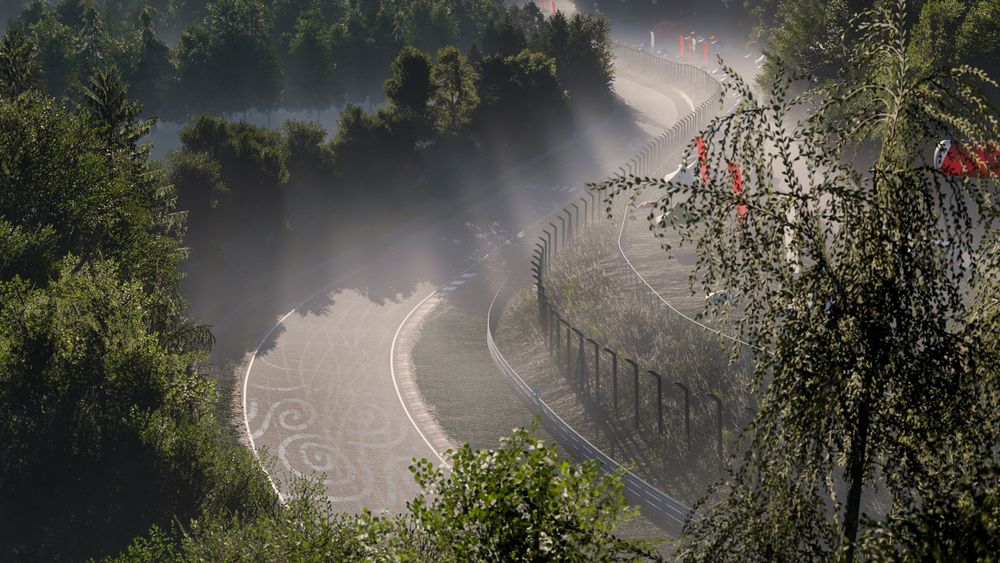Featured Videos

Forza Motorsport - Update 7 Overview
Explore iconic eras of racing history in Forza Motorsport Update 7. Master the legendary Brands Hatch Grand Prix and Indy tracks, known for their challenging, high-speed layouts. Career Mode celebrates iconic racecars in the Retro Racers Tour, and 3 new-to-Motorsport vehicles are headed your way via Car Pass.
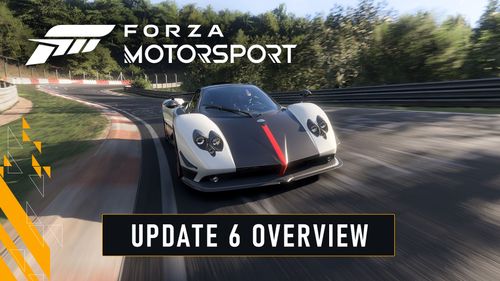
Forza Motorsport - Update 6 Overview
Forza Motorsport Update 6 introduces significant changes to Car Progression that give you the freedom to build cars your way. Career Mode welcomes the Combustion Tour and 4 Spotlight cars that invite you to explore different engines, and 4 more new-to-Motorsport vehicles are headed your way via Car Pass.
Motorsport News
Make Every Lap Count
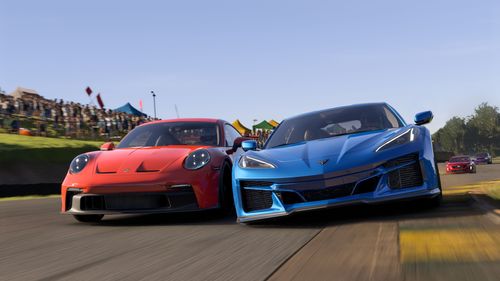
Builders Cup Career Mode
Out-build the competition by earning over 800 performance upgrades and race our most advanced AI opponents yet in a new, fun and rewarding single-player campaign. Master cars and tracks in Open Practice with scoring feedback on every corner. Earn XP and Car Points to unlock and install upgrades to each car in Featured Races. Use your build to Challenge the Grid for scalable rewards, progressing toward series trophies in this always evolving mode.
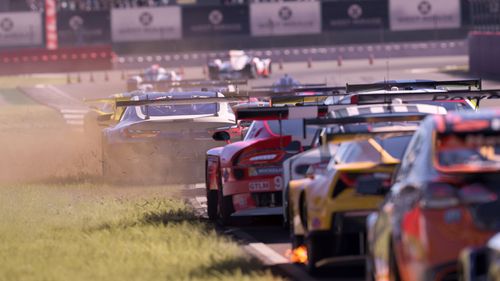
Everyone Can Race, and Play Together
Compete for the podium in Featured Multiplayer events with a race weekend inspired structure or create the racing you and your friends desire in Free Play. Online racing is safer, more fun, and more competitive with AI-powered Forza Race Regulations, tire and fuel strategy, and new driver and safety ratings. New features designed for accessibility and approachability like Blind Driving Assists, One Touch Driving and Screen Narration ensure everyone can jump in, have fun and unlock their fastest self.
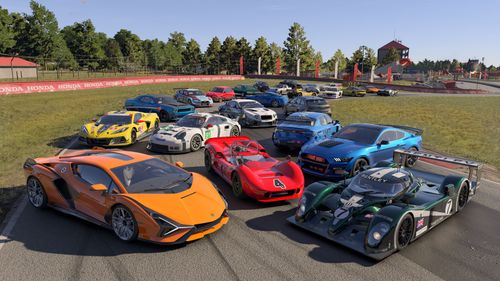
Collect and customize your cars
Forza Motorsport will launch with over 500 cars to collect and customize, more than 800 performance upgrades, over 100 new-to-Motorsport cars, and the most modern race cars we've ever featured on our roster.
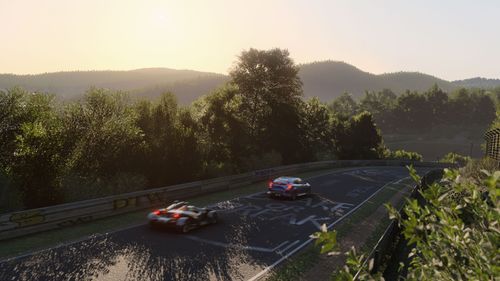
No two laps ever play the same
Race on 20 completely rebuilt tracks from around the world with multiple layouts, including 5 never-before-seen tracks in a Motorsport game. Experience fully dynamic time of day with weather on every track, living crowds, volumetric fog effects, and tracks that rubber in and react to temperature changes.
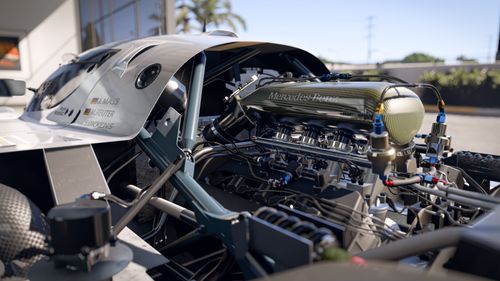
Our best sounding Forza Motorsport ever
Immersive audio formats like Windows Sonic and Dolby Atmos, hardware-accelerated convolution reverb dynamically adapting to your surroundings, a regional track announcer system, improved tire and suspension audio, and a variety of sound possibilities based on car parts you've installed.
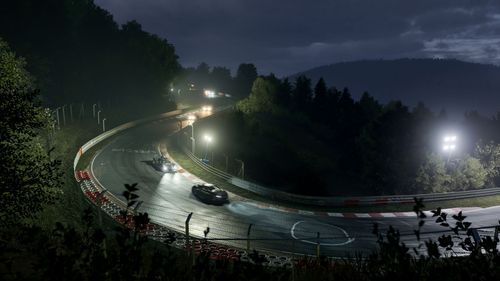
Unmatched visual fidelity and authenticity
Tracks reproduced with laser scanning and photogrammetry, environments rendered with real-time ray tracing on-track, global illumination and physically-based lighting, tens of thousands of fully animated 3D spectators, spectrophotometer-sourced paints and simulated paint thickness all produce incredible visual detail.
Motorsport Videos

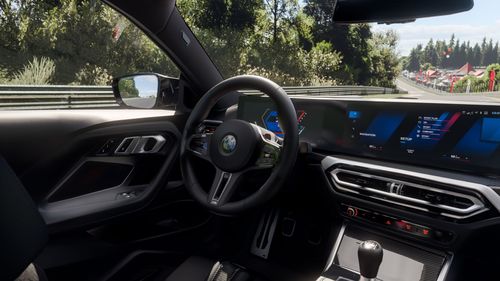
The Teams Behind the Wheels
Turn 10 Studios
Creators of the award-winning Forza, Turn 10 Studios, located in Redmond, Washington, brings players and automotive culture together. Thanks to your passion for cars, gaming, and community we create cutting-edge driving experiences to connect players and celebrate automotive culture.
Playground Games
Established in 2010 by some of the most experienced and talented developers in the UK game industry with a mission to make genre-defining video games for a global audience, Playground Games, located in Leamington Spa, UK, are the creators and developers of the award-winning Forza Horizon games.

